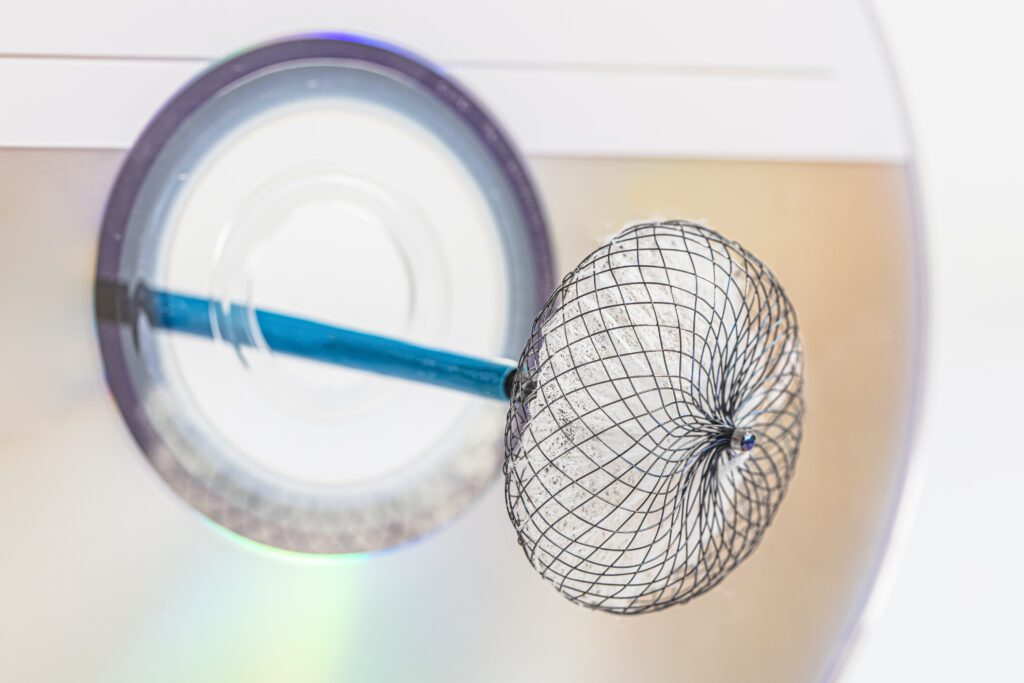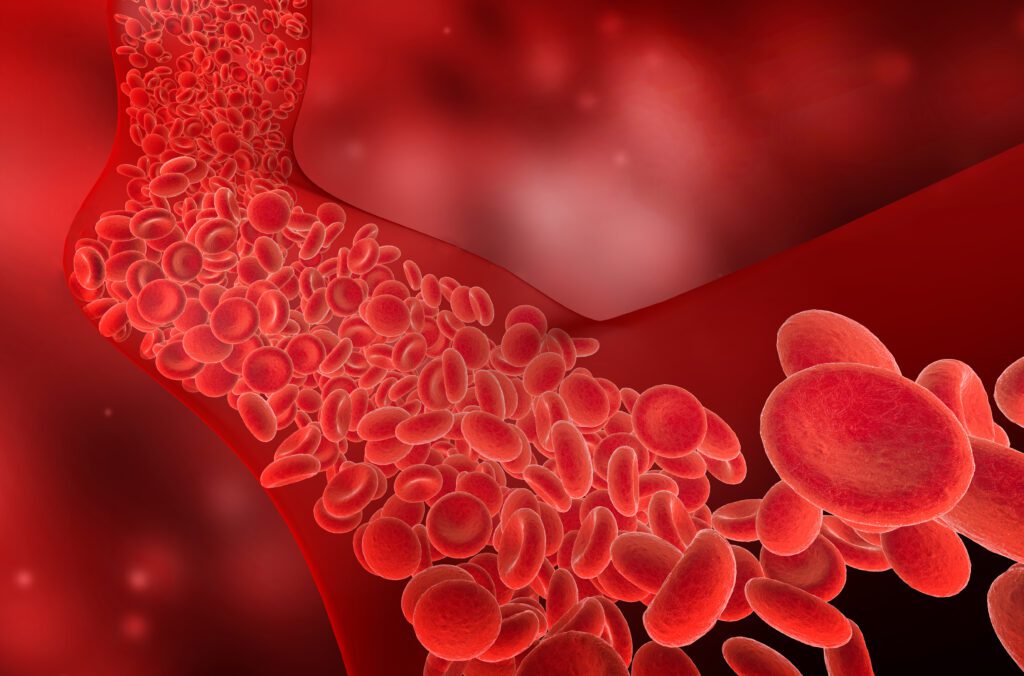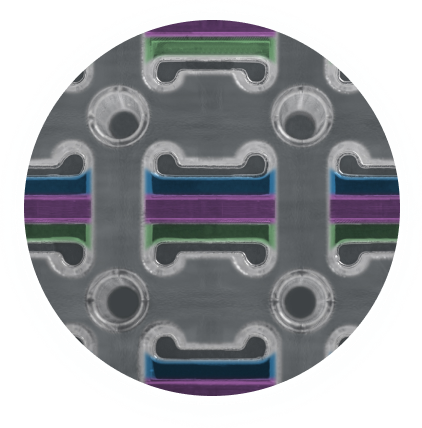The Evolution of Intrasaccular Devices in Aneurysm Treatment
Intrasaccular devices are a key advancement in endovascular aneurysm treatment, particularly for wide-neck intracranial aneurysms that are difficult to treat with conventional coiling. These devices are self-expanding implants, placed inside the aneurysm sac, where they disrupt blood flow, facilitate clot formation, and promote aneurysm occlusion—all while preserving the parent artery.
Unlike traditional coil embolization, which requires multiple coils and adjunctive devices such as stents or balloon assistance, intrasaccular devices provide a stand-alone solution, reducing the complexity and procedural risks of aneurysm treatment. Among these, the Woven EndoBridge (WEB) and similar devices have demonstrated promising results in improving aneurysm occlusion rates. Recent studies have shown that the Woven EndoBridge (WEB) device not only simplifies the procedure but also enhances the occlusion rates significantly.

Patients treated with the WEB device have reported lower rates of rebleeding and improved quality of life post-surgery. Moreover, ongoing innovations in design technologies are expected to yield even more effective treatments in the coming years, making intrasaccular devices a cornerstone of future neurosurgical practices.
However, the long-term success of intrasaccular devices depends on multiple biological and mechanical factors, including thrombosis regulation, aneurysm neck healing, and long-term structural stability. Addressing these challenges through advanced surface modifications can enhance device safety and efficacy.
Key Performance Requirements for Intrasaccular Devices
The effectiveness of intrasaccular devices is determined by their ability to:

- Induce Controlled Thrombosis Within the Aneurysm Sac – The primary goal of these devices is to promote clot formation inside the aneurysm, leading to stable occlusion. However, excessive thrombogenicity outside the aneurysm can increase the risk of thromboembolic events in the parent artery. A delicate balance must be maintained.
- Support Endothelialization at the Aneurysm Neck – Long-term aneurysm occlusion requires the formation of a stable endothelial layer across the aneurysm neck, sealing off the defect and preventing recurrence. The ideal device surface will facilitate endothelial bridging while avoiding excessive neointimal hyperplasia.
- Ensure Long-Term Structural Stability – Since intrasaccular devices remain implanted permanently, they must retain their mechanical integrity, conformability, and positioning over time. Poor shape retention can lead to aneurysm refilling or device migration.
- Minimize Inflammatory Response – Aneurysm recurrence and incomplete occlusion are often associated with chronic inflammatory reactions. The device should be biocompatible and resistant to excessive immune activation to ensure long-term stability.
These requirements highlight the critical role of surface coatings in improving the performance and longevity of intrasaccular devices.
The Role of Camouflage™ Coating in Optimizing Intrasaccular Devices
At Smart Reactors, we develop biocompatible coatings that enhance the safety and functionality of implantable neurovascular devices. Our Camouflage™ coating technology is designed to address the specific needs of intrasaccular flow disruptors, providing:
- Aneurysm Neck Healing and Endothelial Bridging – The coating supports endothelial cell adhesion and migration across the aneurysm neck, facilitating long-term vessel healing and reducing the risk of aneurysm recanalization.
- Anti-Inflammatory Properties – Camouflage™ reduces foreign body reactions, thereby minimizing chronic inflammation and lowering the risk of device-related complications that may contribute to aneurysm recurrence.
Advancing Aneurysm Treatment with Smarter Surface Engineering
Intrasaccular devices have shown significant promise as a minimally invasive treatment for neurovascular aneurysms. However, challenges such as incomplete endothelialization can hinder their effectiveness. Camouflage™ coating addresses these issues by reducing foreign body reactions and minimizing chronic inflammation, which helps improve device performance and enhances patient safety. This advancement supports the continued development of intrasaccular devices, contributing to more effective treatments and better clinical outcomes.
Share this post: on LinkedIn

